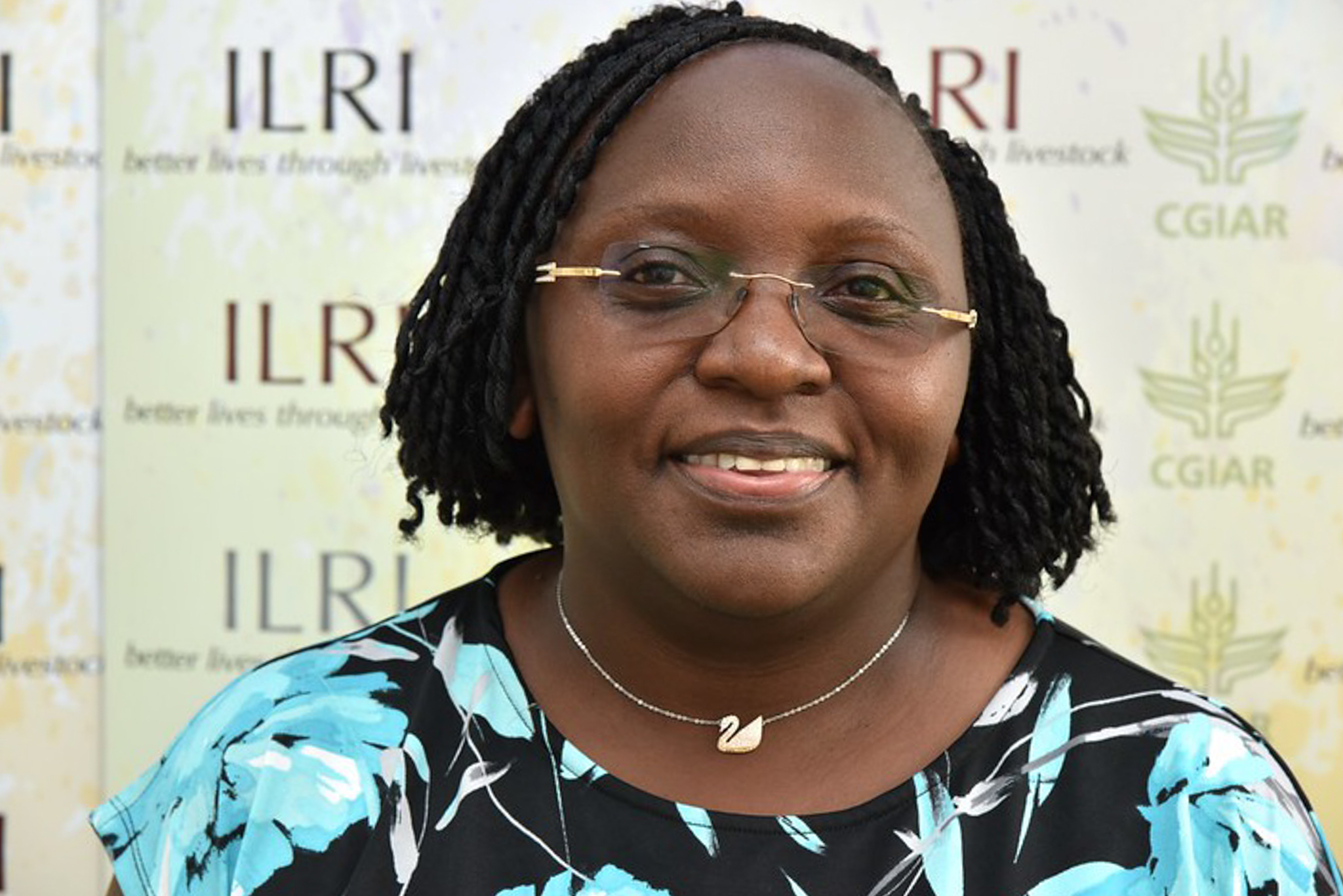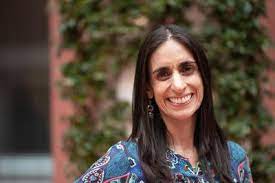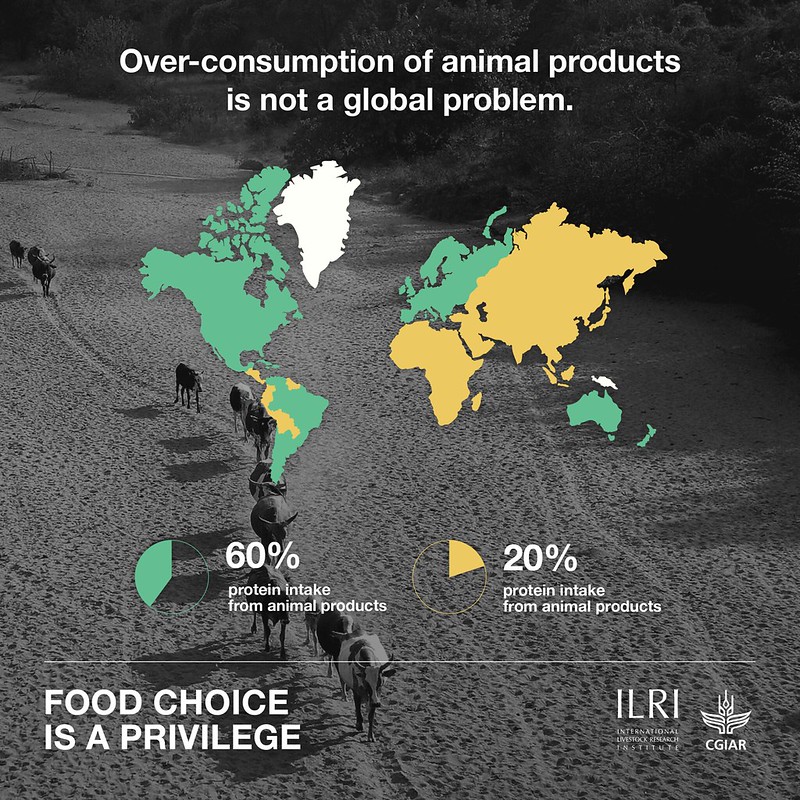
What’s cooking? Developing solutions to transform the current food system
The United Nations Environment Program (UNEP) reports that globally, food systems are responsible for about 30% of current human-induced greenhouse gas emissions driving climate change, with animal products accounting for a total of 14.5 – 20% of global emissions.
So is a shift to production and consumption of alternative proteins a key solution to the negative effects of unsustainable animal agriculture? This was strongly implied to be the case in a UNEP report launched at the United Nations Climate Conference (COP28) in Dubai called, ‘What's Cooking? An assessment of potential impacts of selected novel alternatives to conventional animal products’. On 26 February 2024, a panel of authors and experts convened at an online UNEA-6 official side event to discuss the report's implications.

Cleo Vurkuijl, scientist at the Stockholm Environment Institute (SEI) and one of the lead authors, summarized the major points of the report, which detailed three types of novel alternative protein - plant-based foods, cultivated meats and fermentation-derived products.
She asserted that with appropriate regulatory support and governance, novel alternatives to conventional animal products can contribute to building more sustainable, healthier, and ethically sound food systems. However, she acknowledged that there are several research gaps, particularly in understanding the nutritional implications and socioeconomic impacts of these alternatives. Finally, Vurkuijl concluded that to produce a sustainable food system shift it is also needed to adopt a One Health approach.
 Niloo Srivastava, principal scientific officer at the Ministry of Science and Technology, Government of India, said the government was committed to achieving net zero carbon economy by 2070. Part of this plan involved diversifying protein supply and exploring opportunities for alternative protein production. She further explained how India's rich agricultural landscape and food processing infrastructure presents opportunities to link farmers with consumers, utilizing indigenous crops and underutilized grains like millets and seaweed.
Niloo Srivastava, principal scientific officer at the Ministry of Science and Technology, Government of India, said the government was committed to achieving net zero carbon economy by 2070. Part of this plan involved diversifying protein supply and exploring opportunities for alternative protein production. She further explained how India's rich agricultural landscape and food processing infrastructure presents opportunities to link farmers with consumers, utilizing indigenous crops and underutilized grains like millets and seaweed.
Emily Ouma, ILRI senior scientist and agricultural economist, cautioned against taking a ‘one-size-fits-all’ approach in the development and scaling out of alternative proteins. She emphasized the importance of animal-source food micronutrients for women and children, and the many varied roles livestock play beyond their value as food, including social, financial and livelihood benefits.

“One thing that is not very clear with these novel alternatives is whether they have been developed taking into consideration these type of populations, because these are low-income countries. Would they be able to afford these alternatives?”
Ouma called for contextual solutions to reflect the differences in animal-source food consumption across the world. She argued that in regions with high levels of undernourished people, experts recommend greater diversity of foods, which include animal-source foods, legumes and nuts. She contended, however, that when economies grow and the consumption of animal-source foods increases, there would be a need to transition to alternative sources.

Lasse Bruun, UN Director for Climate and Food, said the gap between how food is produced and what is produced needs to be bridged, pointing out the disparities in access to food and nutrients and consumption of animal-source foods across the world. He also noted the value of traditional foods and crops as a source of proteins, and that access to these could be boosted. Finally, he called for collaboration and synergies in action plans across upcoming major events including COP16 CBD and the 2025 UN Climate Change Conference.

Radhika Ramesh, policy specialist at the Good Food Institute, outlined the rapid growth of cultivated meat companies in the past decade, with some USD 2.8 billion invested in an industry of over 70 companies. With continued investment and supportive regulatory frameworks, she said progress could be achieved and the industry could follow the trajectories of other transformative technologies like clean energy and electric vehicles.

Sir Robert Watson, professor emeritus at the University of East Anglia, UK, acknowledged the role of emissions reduction measures in livestock industry, but emphasized an urgent need for action to limit greenhouse gas emissions and meet the Paris Agreement targets. He said alternative protein sources, particularly cultivated meat, needed international collaboration and research efforts to explore their potential and opportunities. However, he advised alternative protein companies needed to be reminded to prioritize the ethical imperative as much as the business case, pointing out that recent rises in regional food prices have left some consumers and farmers struggling while bigger companies have made record profit revenues.
 Ana Maria Loboguerrero, senior director of climate action at CGIAR, report author, and the event’s moderator, said the report acknowledged the environmental harm caused by unsustainable animal agriculture practices. However, as is often the case with climate solutions in agriculture, there are no simple fixes. We must approach these opportunities with nuance and recognize that multiple strategies are needed, she advised.
Ana Maria Loboguerrero, senior director of climate action at CGIAR, report author, and the event’s moderator, said the report acknowledged the environmental harm caused by unsustainable animal agriculture practices. However, as is often the case with climate solutions in agriculture, there are no simple fixes. We must approach these opportunities with nuance and recognize that multiple strategies are needed, she advised.






